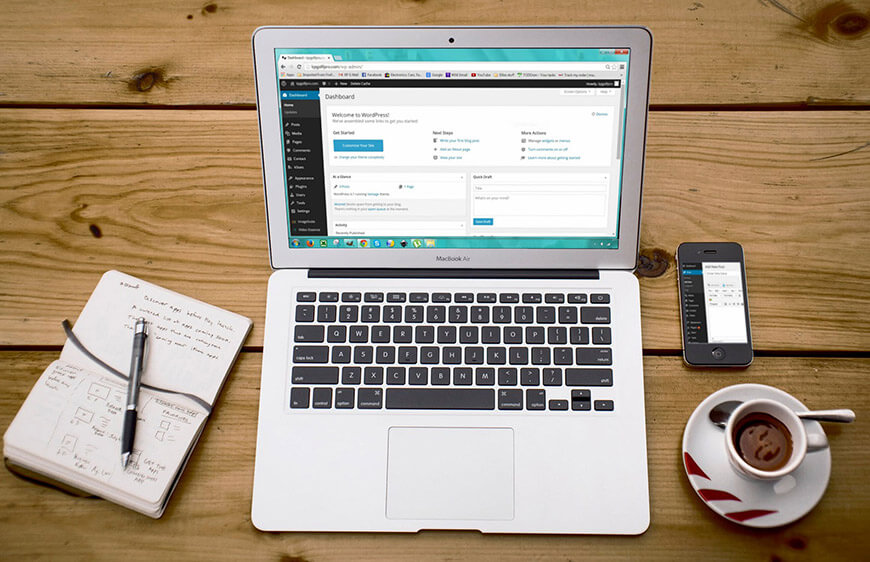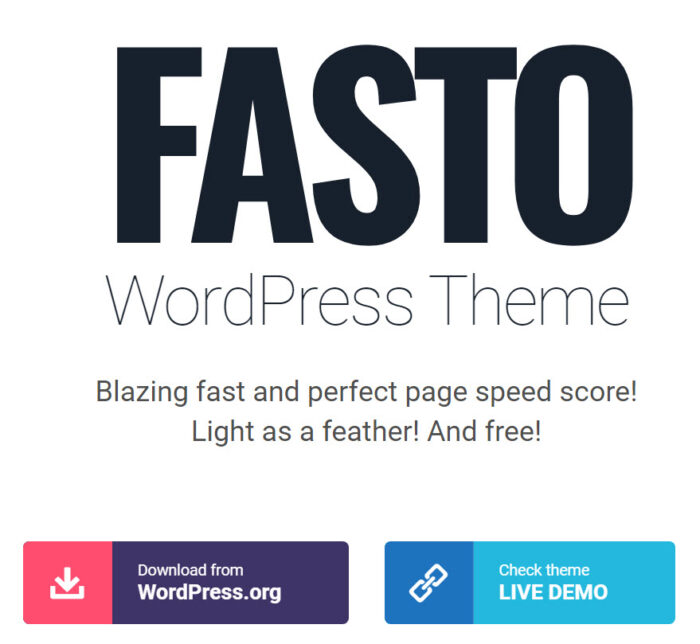A quick brief of the three most important components of any WordPress website. Scan the lines below, and learn the WordPress basics.
As we saw in the previous article, we know when WordPress appeared and we know how it works.
In today’s article, I will briefly cover the elements of WordPress.
In the following articles, we will deepen into each element, so stay close.
In order to give free rein to the imagination, to create our desired site, we present the elements of WordPress, which are:
Dashboard
You reach your WordPress Dashboard by adding the /wp-admin at the end of your site URL (https://yoursitename.com/wp-admin).
When you’re working from your site’s dashboard, it is referred to as working in the “back-end” of your site.
There are two parts to WordPress: Public (also known as front-end) and Private (also known as back-end).
The front end of the site is what the site visitor sees in their browser, while the back-end is where you manage content.
Themes
The theme you choose determines the look of your site.
The theme consists of PHP files with HTML, CSS, and Javascript all working together to display your site in a unique way.
Don’t worry about messing up your content when updating your site. You can change your theme without affecting the content.
Plugins
WordPress Plugins are bits of code that extend the functionality of your WordPress site.
It adds functions like e-commerce, scheduling calendars, and site visitor analytics.
Plugins help you in a vast array of tasks like uploading, managing, or manipulating images, documents, audio, video, and much more.
In the next articles, we will dig deeper into each component described above, so make sure you stick around for more.






No Comments